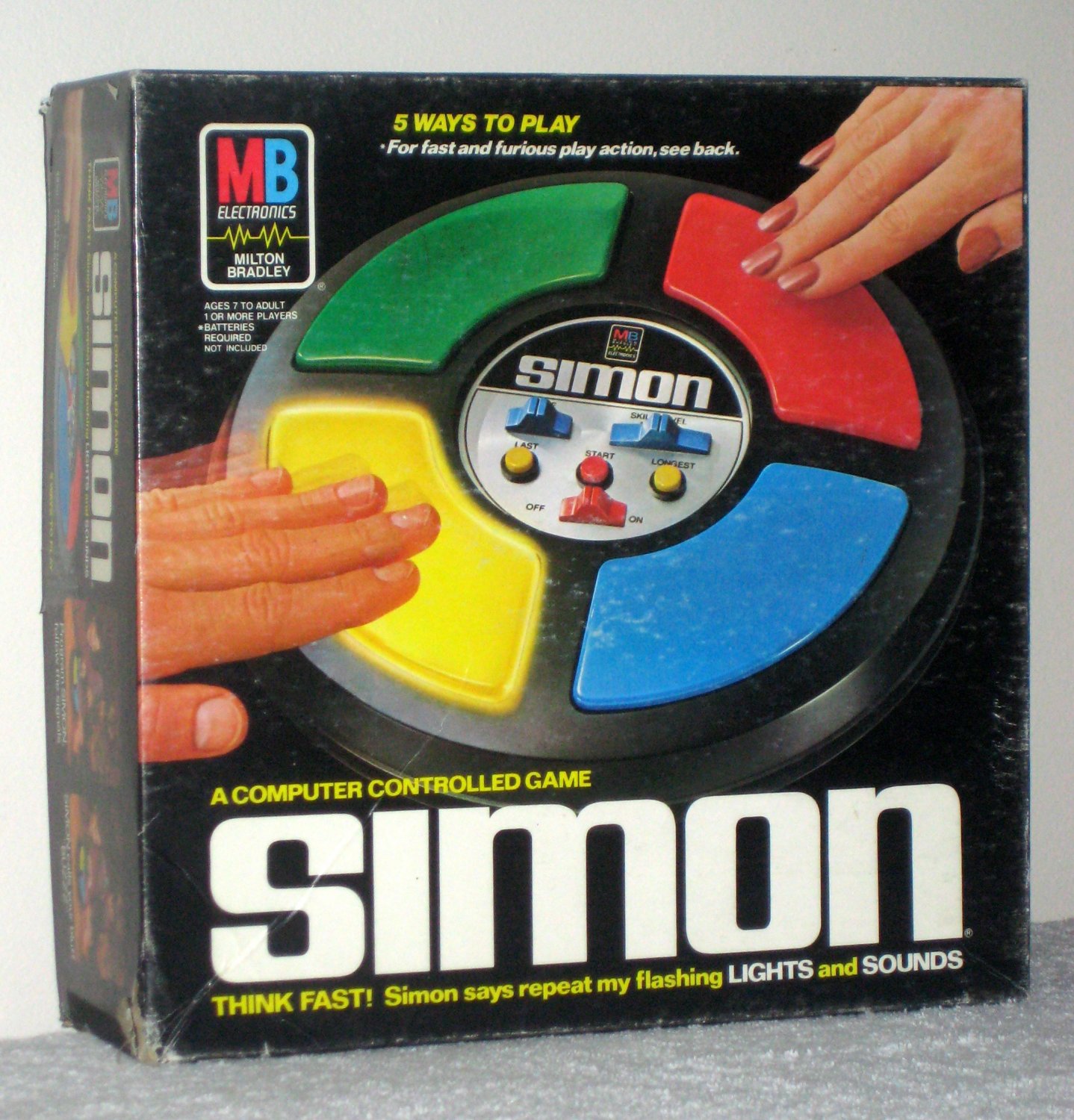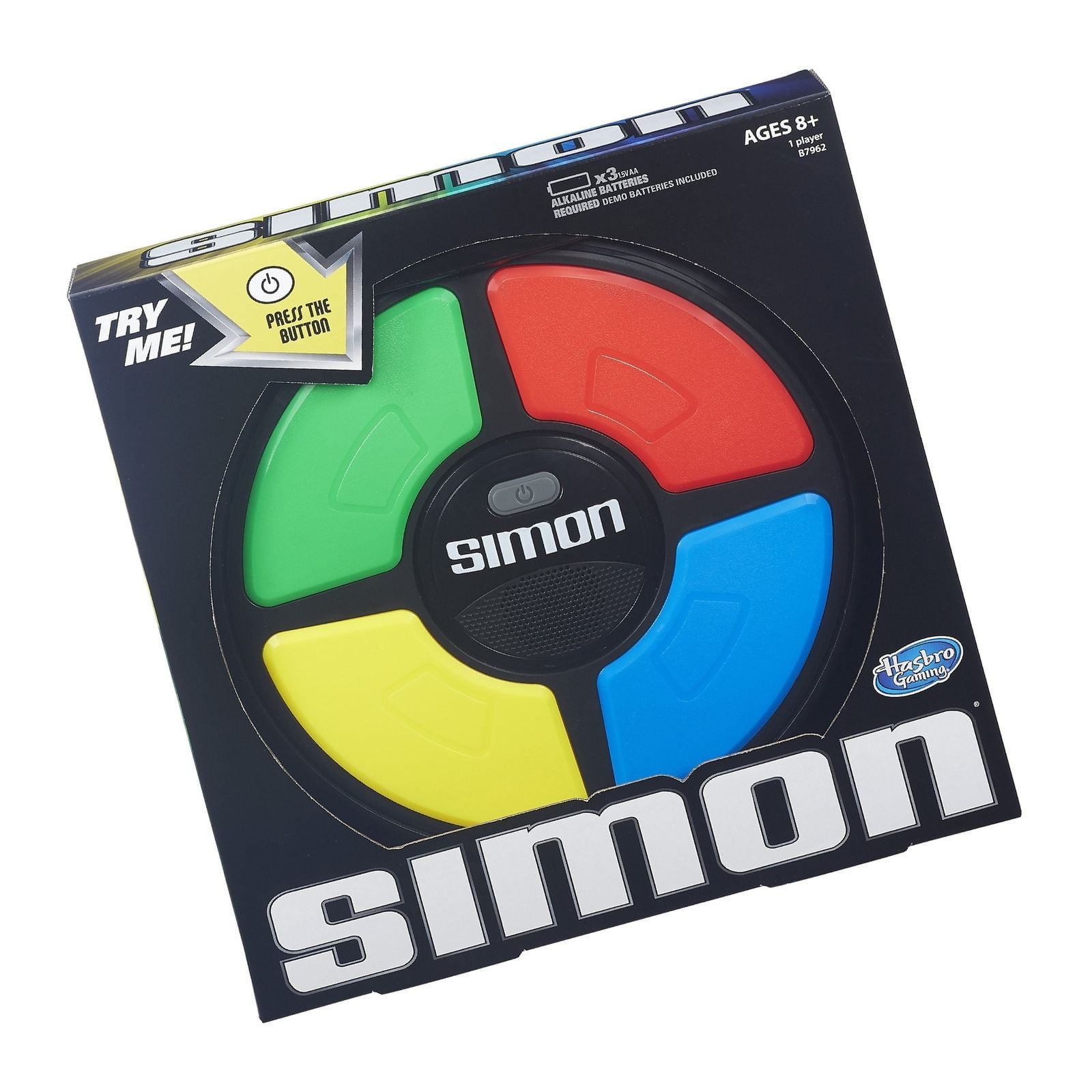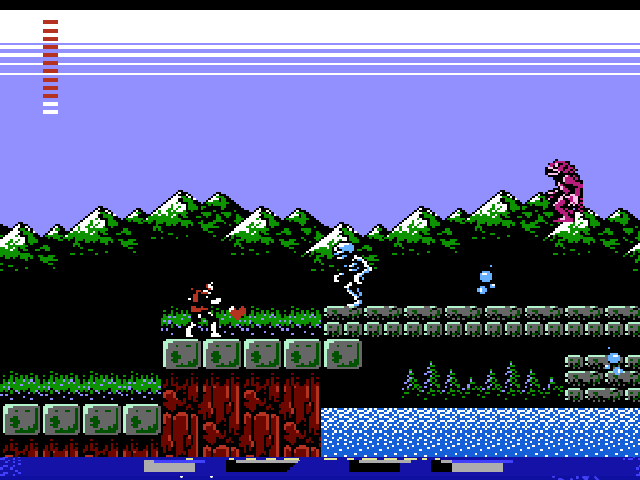

If the user succeeds, the series becomes progressively longer and more complex. The device creates a series of tones and lights and requires a user to repeat the sequence.
#Simon game software
Morrison, working for toy design firm Marvin Glass and Associates, with software programming by Lenny Cope. You can use it and improved it addingĢlevels and everything you want to increase the diffuculty!ģ 4There are five buttons connected to A0, A1, A2, A3 and A4.ĥThe buttons from A0 to A3 are used to insert the right sequence while A4 to start the game. Simon is an electronic game of short-term memory skill invented by Ralph H. There is a lot you coud do to enhance the flow of this game.1 /*This sketch is a simple version of the famous Simon Says game. The values used here are fine for development but don't necessarily offer the best user experience. There is a lot of tinkering to be done with the timings of various parts of this sketch. Fixing this flaw would be essential if you were soldering this project up for an actual game. The moment to trap is the change in button state from HIGH to LOW.
#Simon game code
The sketch checks the state of the buttons, if the user holds down a button for more than half a second, the code here would treat that as another button press. There is a bit of a problem with the button pressing logic. You could add a little more functionality to the circuit. The original game had several modes and could be restarted when the user wanted. There are no buttons or LEDs being used to allow the user to set up the game. Hunt around enough and you could find the real tune. The tune that is played at the start, or when a correct sequence is entered, is not the tune from the original game. The instructions on this page get you as far as having something that can be played.

The playsequence() procedure is used to play the sequence up to the correct point. Additionally, the loss subroutine sets the variables to their starting value so that the game begins again. The subroutines win() and loss() are used to play tunes or notes when the user gets the sequence correct or fails to do so. This sketch lights an LED whilst its corresponding button is pressed. Here is a simple sketch to check that the buttons and LEDs are all wired correctly. It's always a good idea to test parts of your circuit before embarking on more complex programming.

If necessary, change the pins that you use and amend the sketch accordingly. newsletter looks at the best visual ways to present your games hook w/.

#Simon game Pc
When you are connecting up this circuit, you want to try to keep the clutter to a minimum around the buttons. (Also: all the latest PC & console game trends.). The buttons need to be soldered to the breakout board along with 4 headers. If you do get these buttons and breakout boards, you will have a bit of soldering to do. A breakout board is available that makes this a breadboard-friendly component. Optional PartsĪ nice part to use for this circuit is the Sparkfun LED tactile button. The concept still works if your buttons and LEDs are all the same. Having different coloured buttons and different coloured LEDs is a bonus for making this game. After each round, the length of the sequence is increased by 1. The player has to press the buttons in the same sequence. In each round of the game, the microcontroller lights up a sequence of buttons. The buttons light up when they are pressed and a different tone is played for each button. This project is based on a handheld electronic game that was developed in the 1970s.


 0 kommentar(er)
0 kommentar(er)
